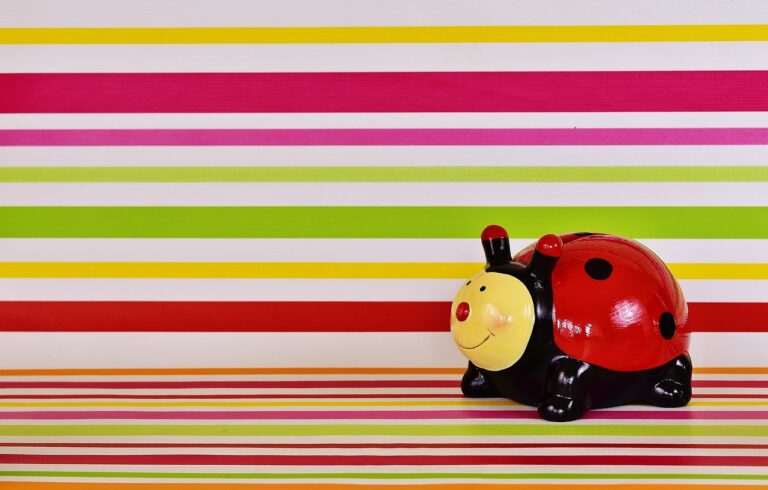How to Create Realistic Sound Effects
11xplaylogin, king567 sign up, skyinplay:Sound effects are a crucial element in creating an immersive experience in various forms of media, such as movies, video games, podcasts, and more. Realistic sound effects can transport the audience to a different world, evoke emotions, and make the overall experience more engaging and memorable. Whether you are a filmmaker, game developer, podcaster, or just someone looking to enhance your creative projects, knowing how to create realistic sound effects can take your work to the next level. In this article, we will explore some tips and techniques to help you create authentic and impactful sound effects.
Understanding the Importance of Sound Effects
Before we dive into the nitty-gritty of creating realistic sound effects, it’s essential to understand why they are so important. Sound effects serve multiple purposes in any creative project:
1. Establishing Atmosphere: Sound effects can help set the mood and tone of a scene, whether it’s a dark and eerie forest or a bustling city street.
2. Enhancing Storytelling: Sound effects can add depth and dimension to the storytelling, making the audience feel like they are part of the narrative.
3. Creating Emotional Impact: The right sound effects can evoke specific emotions in the audience, such as fear, joy, excitement, or sadness.
4. Engaging the Audience: Realistic sound effects can captivate the audience’s attention and keep them immersed in the experience.
With that in mind, let’s explore some tips on how to create realistic sound effects:
1. Start with Quality Recording Equipment
The foundation of creating realistic sound effects is high-quality audio recordings. Invest in a good microphone, audio interface, and recording software to capture clear and crisp sounds. Consider the type of sound effects you want to create and choose the right microphone for the job, whether it’s a shotgun microphone for outdoor recordings or a condenser microphone for studio-quality sounds.
2. Location, Location, Location
The environment plays a significant role in the quality of your sound effects. When recording outdoors, be mindful of background noise such as traffic, wind, or birds chirping. If possible, choose a quiet location with minimal distractions to ensure clean recordings. For indoor recordings, consider acoustics and echo to prevent unwanted reverberations in your sound effects.
3. Experiment with Foley Artistry
Foley artistry is the art of creating sound effects using everyday objects and materials. Get creative and experiment with different objects to mimic specific sounds. For example, using a bag of cornstarch can replicate the sound of walking on snow, while crinkling plastic bags can simulate the sound of fire crackling. The possibilities are endless, so don’t be afraid to think outside the box.
4. Layering and Mixing
To create more realistic sound effects, consider layering multiple sounds together to add depth and complexity. Mix different elements such as footsteps, ambient noises, and environmental sounds to create a cohesive and immersive sound effect. Use audio editing software to adjust volume levels, add effects, and fine-tune the overall sound.
5. Pay Attention to Detail
The key to creating realistic sound effects is paying attention to the small details. Think about the specific characteristics of the sound you want to replicate, such as texture, intensity, and pitch. Adding subtle nuances can make a significant difference in the authenticity of your sound effects. Take the time to refine and polish your recordings to create a truly immersive experience for your audience.
6. Seek Inspiration
Don’t be afraid to seek inspiration from other sources when creating sound effects. Watch movies, play video games, or listen to podcasts to study how sound effects are used to enhance the overall experience. Pay attention to the techniques used and try to incorporate them into your own projects. Learn from others and use that knowledge to elevate your sound effects to the next level.
In conclusion, creating realistic sound effects is a blend of art and science. By investing in quality recording equipment, experimenting with Foley artistry, layering and mixing sounds, paying attention to detail, seeking inspiration, and most importantly, practicing and refining your skills, you can master the art of sound effects and create immersive experiences that captivate your audience. So go ahead, unleash your creativity, and bring your projects to life with realistic sound effects that leave a lasting impression.
FAQs
Q: What is the role of sound effects in creative projects?
A: Sound effects play a crucial role in establishing atmosphere, enhancing storytelling, creating emotional impact, and engaging the audience in various forms of media.
Q: How can I create realistic sound effects?
A: To create realistic sound effects, start with quality recording equipment, pay attention to location and environment, experiment with Foley artistry, layer and mix sounds, focus on detail, seek inspiration, and practice to refine your skills.
Q: What are some tips for recording clean and crisp sound effects?
A: Choose a quiet location with minimal background noise, use a high-quality microphone, consider acoustics and echo, and edit the recordings using audio software to remove any unwanted noise or distortions.







